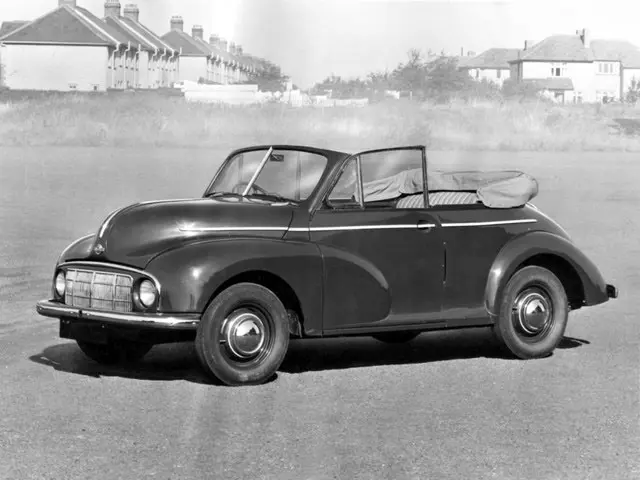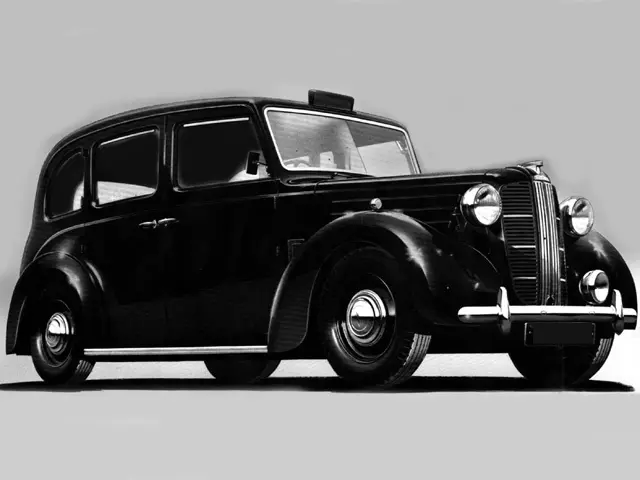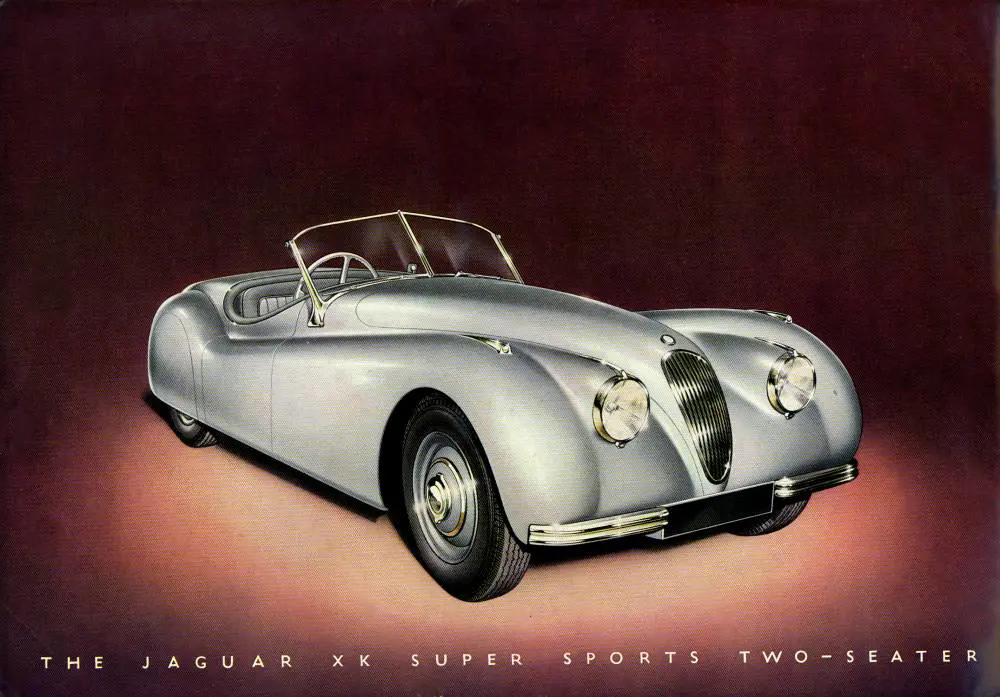TWENTY FACTS ABOUT LIFE IN 1948
12 May 2023
To celebrate the coronation of Charles III on the 6th of May, and Coronation Day on the 8th of May, here are twenty facts about life in the UK in the year of his birth:
- Export or Die. The bulk of car production was reserved for overseas, and Britain’s motor manufacturers needed to export 75% of their output in order to be eligible for a steel quota. This resulted in domestic waiting lists running into literally years.
- ‘Bomb Site Traders’. Inevitably, some parties wished to circumvent the system. The Daily Mirror reported that one proto-Arthur Daley Warren Street trader charged £900 for a new Austin A40 Devon - almost double the official price of £463 6s. 2d.
- The ‘Covenant’. Even if you were fortunate enough to order a new car, you had to sign an agreement not to sell it within twelve months.

- Petrol Rationing. The government suspended the ration in 1947, and although it was restored to private motorists in June, this only meant 90 miles per month of motoring. The authorities also dyed fuel reserved for commercial vehicles red to deter all spivs and wide-boys. Car owners could lose their driving licence for a year if they were found using red petrol.
- Purchase Tax. On the 21st of October 1940, the government introduced a levy on ‘luxury goods’, at 33 1/3 % for private cars. By June 1947, this doubled for models priced over £1,280.
- Unknown phenomena to Britons in 1948 – Teddy Boys (1953), cheese & onion flavoured crisps (1954), ITV (1955), long-distance Subscriber Trunk Dialling (1958), and colour television (1967).
- Unknown to British motorists in 1948: zebra crossings (1951), parking meters and motorways (1958), car seat belts as standard fittings, traffic wardens and the MOT Test (1960), automated level crossing barriers (1961) and the breathalyser (1967).
- On the 12th of January the London Co-operative Society opens Britain’s first supermarket, in Manor Park. However, sugar, bacon, sweets, meat, cheese and butter still required coupons, although the government removed bread from the ration on the 25th of July.
- Scott of the Antarctic, starring John Mills, is chosen as the 1948 Royal Command Film.
- A highlight of BBC Television’s output for Saturday the 21st of August – In the Garden, in which viewers were shown to look after rose bushes and make a compost heap.
- The BBC Light Programme airs the first instalment of the drama series Dale’s Diary on the 5th of January. Catchphrase – “I’m rather worried about Jim”.

- The Austin FX3. London’s first post-war taxi made its bow in 1948. Austin, by Mann and Overton and Carbodies of Coventry, jointly financed the FX3, and within two years of its debut, it was the most popular cab in the UK. It was also established the tradition that the capital’s taxis should be black. This was the FX3’s standard colour, and many cabbies were reluctant to pay extra for any other paint finish.
- The Land-Rover. On the 30th of April, Rover unveiled a new model, “For The Farmer, The Countryman And General Industrial Use” at the Amsterdam Motor Show. Commercial Motor was highly impressed with the Land-Rover – “Four-wheel Drive, Power Available at Three Auxiliary Points, and an Engine of Unusual Design, Form Outstanding Features of a New Rover Product.”
- On the 2nd of October, the Royal Automobile Club staged the International Grand Prix at Silverstone Victory went to Luigi Villoresi’s Maserati.
- The London Motor Show. It was the first such event at Earls Court since 1938 and attracted some 562,954 visitors, all eager to see the latest models such as:
- The Jaguar XK120. The price was £1,263 8s 11d, and with a top speed of over 120 mph, it was the world’s fastest production car. William Lyons intended it as a test-bed for the new 3,442cc engine, but the Motor Show response prompted him to put it into production.
- The Morris Minor MM. The cheapest of the Nuffield Group’s new post-war line-up at £358 10s 7d. The other members of the family included the Morris Oxford MO and Six MS and the Wolseley 4/50 and 6/80. Countless showgoers visited Stand 163 to add their names to the waiting list for “The World’s Supreme Small Car”.

- The Austin A90 Atlantic. A “car of distinction that will bring an added zest that will bring an added zest to business or pleasure-motoring”, according to Longbridge. Austin hoped the Atlantic’s flamboyant coachwork – not to mention the hydraulic operation for the roof and window – would appeal to affluent motorists in the US export market.
- The Sunbeam-Talbot 80 and 90. Based on the pre-war Ten and 2 Litre but with a wider track and integrated front wings. The 80 cost £888 16s. 1d, the price of the 90 was £953, while dealers extolled the virtues of “Streamstyle” styling, the “Opticurve” windscreen and the “Synchromatic” column gear-change.
- The Vauxhall Wyvern and Velox L-Series. Vauxhall’s first post-war models, the 1.5-litre Wyvern and the 2.2-litre Velox, were derived from the 1939 12-4. The flagship Velox boasted the new six-cylinder engine, hide trim, a folding rear armrest and cream wheels.
